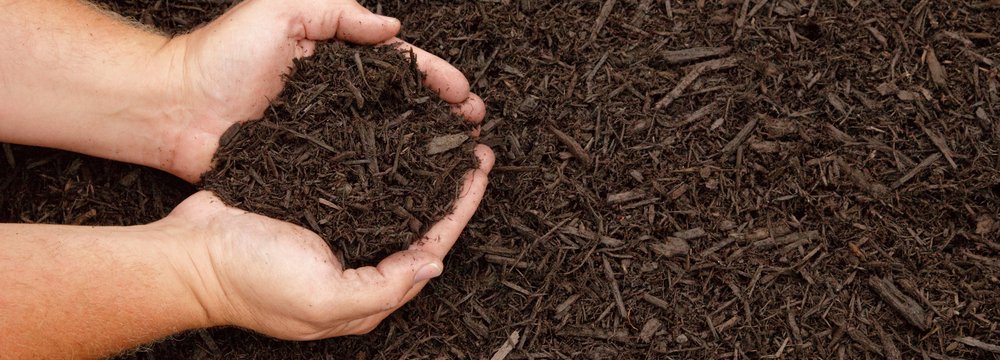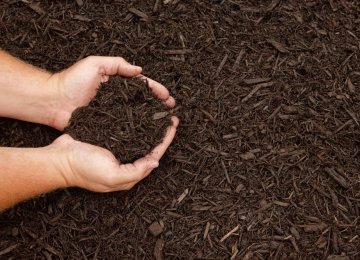The Oil Ministry has not refused to provide the Department of Environment with petroleum mulch, the head of the Department of Environment’s task force to combat dust storms said.
Ziaeddin Shoaie also stated that the ministry is bound by law to produce and supply mulch for the DOE in return for remuneration.
“The Oil Ministry has no objections to supplying petroleum mulch; all they ask is to be paid a fee for producing it,” he told ISNA.
In the past, when refining technologies were not as advanced as they are today, a byproduct was left at the end of the production line that did not seem to be of much use and was often stored in ponds near refineries.
Later, it turned out that the substance could be used as mulch to control the spread of dust and sand particles, giving rise to what is now known as petroleum mulch.
“Priced at between 12,000 and 20,000 rials ($0.34 and $0.57) per liter, the product is even more expensive than gasoline, driving the cost of mulching over one hectare of land to around 320 million rials ($9,300),” Shoaei said.
“The product cannot be made available for free. In Iran, with the development of machinery, mulching has become a prevalent way of dust control for about six years.”
Petroleum mulch was first supplied to the DOE free of charge but following the approval of a new law that ceded refineries to the private sector, the ministry announced that the product has to be purchased by the consumer.
This has been an effective agent in the national campaign against dust storms by allowing the growth of vegetation in desiccated areas such as Aran-va-Bidgol in Isfahan, where nearly 200 hectares of vegetation has been grown.
However, petroleum mulch can have a number of environmental impacts, which is why the DOE does not support the use of agent in every region; only areas not inhabited by humans, such as the barren lands of Khuzestan Province.
Shoaei said petroleum mulch is still used in Iran due to lack of access to other types of environment-friendly mulch.
The government in Tehran has allocated between 600 billion to 1.2 trillion rials ($17.4 million - $34.8 million) in the next economic development plan (2016-21) to help alleviate the worsening dust storm crisis.
Experts are of the opinion that most of the sources of dust storms, which have become more frequent and intense recently, are located in Iraq, Saudi Arabia and Syria, but domestic sources, including the desiccated wetlands such as Hoor al-Azim in Khuzestan and Hamouns in Sistan-Baluchestan, have made a bad situation worse.





